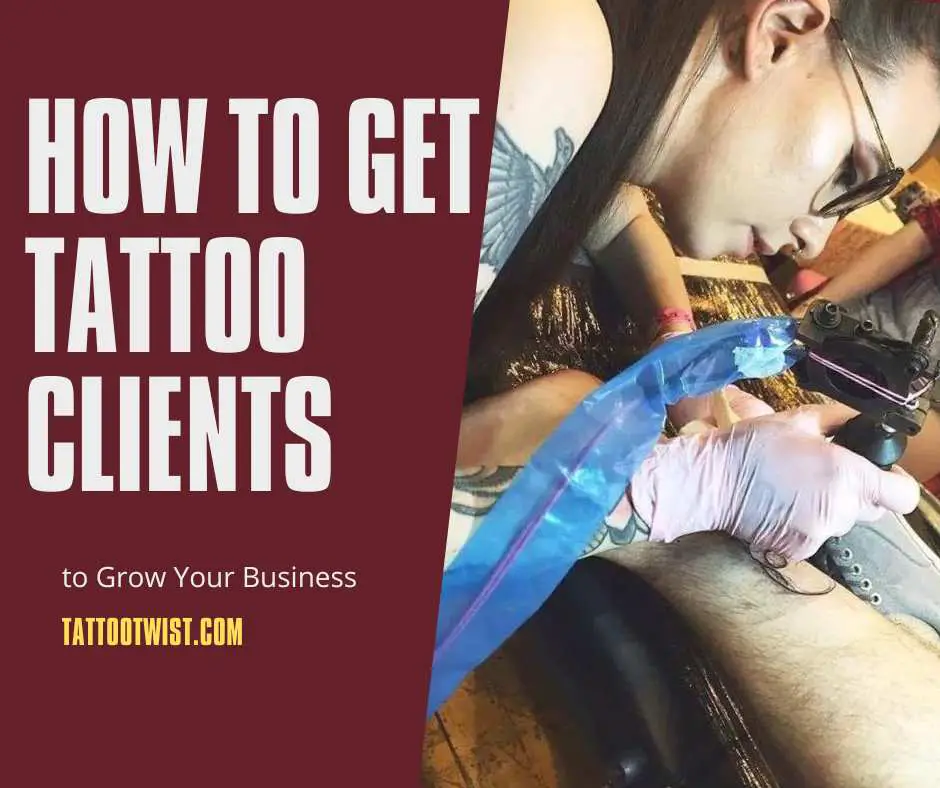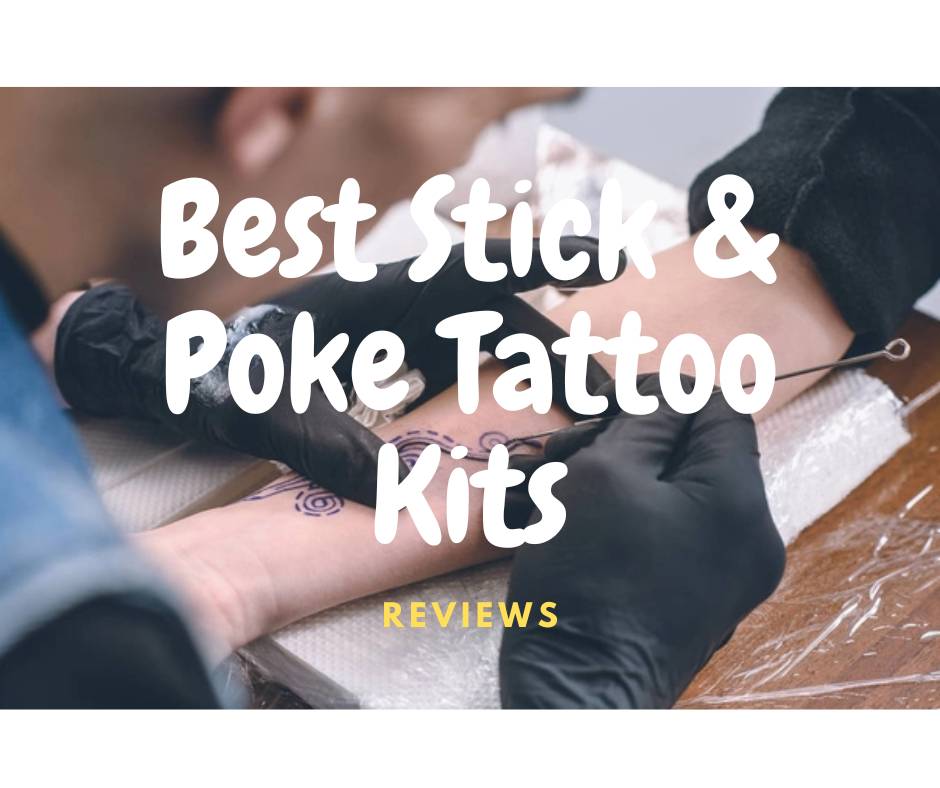Assume you are a new tattoo artist attempting to establish your identity. What do you require, Yes, you are correct. You’ll need a tattoo portfolio. In order to impress potential customers, the portfolio must be strong. Even if you are an experienced tattoo artist, there is no need to explain why you need a tattoo portfolio. You and I may see them as random designs on people, but they are actually your creative identity to your customer. Your portfolio is the one that speaks for you to potential customers.
We live in a world where one image can have a huge impact in seconds, so creating a tattoo portfolio is no longer an option; it has become a necessity. Your tattoo portfolio is similar to a digital banner on a busy street where millions of people will see your design; it demonstrates how seriously you take your work as a tattoo artist and the passion you put into it. As a client, I look for tattoo artists who share my ideas and preferences. When it matches, it’s like a warm handshake, and as the saying goes, the first impression is the last impression, so make your first impression last.
But do you believe it’s just about displaying your work? I don’t. I believe it is about weaving your thread into the ever-changing tapestry of the tattoo industry. Staying trendy and up-to-date on new styles and techniques can help you establish yourself at the forefront of innovation. Then your portfolio becomes a living statement of your adaptability and growth, as well as a proof of your dedication to the arts.
So, in this article, we’ll walk you through a step-by-step process to help you create a tattoo portfolio that’s more than just a collection of pictures. It’s a symphony of your imagination, an invitation to your artistic journey for clients. So, let’s get to the heart of portfolio creation: the intersection of pixels and ink to tell a completely unique story about you.
Here is a checklist to help you understand what you might do in a nutshell.
- Collect Your Finest Work:
- Presentation and photography:
- Digital and Physical Portfolio
- Curation and organization:
- Displaying Your Personality:
- Descriptions and context:
- Feedback and Testimonials:
- Sharing and promotion:
- Evolving and updating:
So let’s start with the first one.
1. Collect Your Finnest Work:
You already know what to do based on the headline. You must choose a variety of tattoos that highlight the various styles and techniques that you have completed. This attracts a large number of customers.
You should select tattoos that show your strength and include your best tattoo design work such as creature, flower, Mythical, Cultural, Mandalas, and nature tattoos.
Because these designs are one of the most popular amongst many tattoo lovers. But don’t overdo it, and remember that quality outshines quantity. Choose a few best ones that will work in your favor rather than calling your ability into question.
2. Presentation and Photography
Use a high-quality camera to capture the design’s details and depth. or, even better, hire a professional photographer.
Most of the time, we do not consider lighting. However, it is an important part of the presentation. Natural light is ideal, but indoor setups can also work, as long as there are no harsh shadows.
Another thing to think about is using a neutral background that does not distract from the artwork. Consistent angles and framing create a cohesive look that effectively showcases your style.
3. Digital and Physical Portfolio
Digital Portfolio
You can create a website that includes your portfolio, contact information, and address. such as:
Create a Cover Page: Include a slider of your best tattoo designs, as well as the identity or brand you want to represent. Also, make sure to include your contact information in a location that is both easily accessible and readable.
Make an About Page: Include your expertise, professional qualifications, and anything else that adds value to your identity. You must include links to your social media accounts and portfolio. You can also include a brief bio of yourself, as well as your vision and mission, and what you hope to achieve.
Fully Editable: You can easily upload your favorite designs whenever and wherever you want. It is also significantly less expensive than maintaining a physical portfolio. Users can interact with your designs, and it is accessible to an infinite number of people.
Physical Portfolio
Physical portfolios are limited in many ways and have far fewer options than digital portfolios. Let’s see what we can do to organize our physical portfolio:
Printing Cover Page: When we think of a physical portfolio, we typically imagine a magazine or a book with plenty of images and just enough text to grasp the overall concept and its implications.
Because the book is not easily edible, the cover page as well as the overall outline are important. The outlines should be consistent and eye-catching. It must be designed with the goal of keeping the reader engaged with the book in mind. Designs should attract the client to look at more of these or more pages.
4. Curation and Organization
Try arranging your work in a way that makes it easy for clients to navigate, such as grouping similar designs together. They should appreciate the effort you put in to present your work in such a way that it is visually appealing.
Update your portfolio with your most recent designs on a regular basis to show your progress as an artist and keep potential clients interested.
Selectively add designs to portfolios that show your strengths rather than weaknesses. Include your best designs to show off your skill because quality exceeds quantity.
5. Displaying Your Personality
You can define your own style by highlighting unique methods and themes that set you apart from the competitors. Your portfolio should be a visual representation of your brand, reflecting your unique artistic style and promoting a connection with clients who share it.
6. Descriptions and Context
Explain why you made each tattoo, what the customer requested, and any challenging parts you faced. Write a brief description of each tattoo so that others can understand what it means and feel a connection to your work.
7. Feedback and Testimonials
If possible, include feedback from clients who were satisfied with your work. This helps others trust you and acknowledge your expertise. Sharing positive stories about your tattooing experiences can inspire people to choose you as their artist.
8. Sharing and Promotion
Discuss the idea of posting your portfolio on social media so that more people can see it. Use tags that correspond to the themes of your tattoos, and interact with those who appreciate your work. This increases the number of people who notice your work and have an interest about getting tattoos from you.
9. Evolving and Updating
Keep the portfolio up to date with your most recent tattoos. It’s also cool to present how you’ve grown over time by combining older and newer tattoos. This allows others to see how talented you have grown as an artist.
Here is a live example of what should be included in a tattoo portfolio!
Creating an appealing tattoo portfolio is similar to displaying your best work to the public. Choose tattoos that represent your strengths. Use good cameras and lighting to take great photos.
You may present your portfolio on the internet or in a book, each having its own set of good and bad points. Organize your artwork, add new items, and select only your best work. It’s even more remarkable if you show off your style.
It’s great to talk about what inspired each tattoo and get positive feedback from others. Use hashtags to share your work on social media. Continue to add new artwork. So, whether you’re a beginner or not, start working on your tattoo portfolio now and show everyone how talented you are!

I’m Michael Elijah, and I am a writer for this site. I have prior experience in this field, such as working at a tattoo parlor in Las Vegas.




